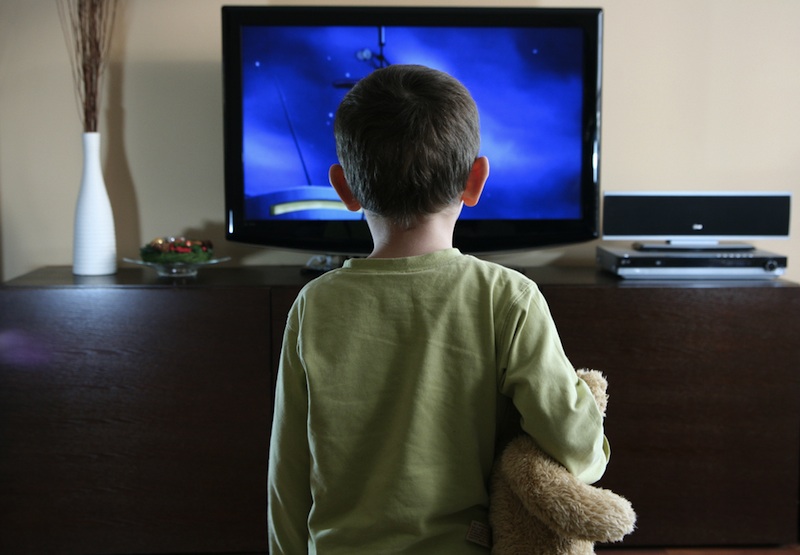How to Prevent Injuries from Falling TVs

Falling televisions can cause serious head injuries in children, and these injuries often happen when a TV is placed on furniture that's not intended to support the screen, like a dresser or bureau, a new study says.
To prevent these injuries, the researchers who conducted the study made a number of recommendations, including that parents and caregivers never place TVs on dressers or other similar furniture.
"TVs are often placed on unstable bases, [or] placed on high furniture like dressers, which aren't designed for TVs," study co-author Dr. Michael Cusimano, a neurosurgeon at St. Michael's Hospital in Toronto, said in a statement. "Parents have to be aware that TVs can seriously harm children."
Injuries from falling televisions are relatively common — in 2010, there were 20,000 emergency room visits for injuries related to falling TVs in the United States, according to the U.S. Consumer Product Safety Commission. These injuries could become more common as TVs get bigger and even more households are able to afford them, the researchers said.
In the new study, the researchers analyzed information from 29 studies on TV-related injuries in children, conducted mainly in the United States and Canada. At least half of the injuries reported in the studies were to the head and neck, including bleeding in the ear, nose and throat; skull fractures; and bleeding within the skull (intracranial bleeding).
The most common pieces of furniture involved in these accidents were dressers, armoires and bureaus. [9 Weird Ways Kids Can Get Hurt]
Head and neck injuries were most common among toddlers ages 1 to 3, the researchers said. Because toddlers are shorter than most TV stands, the child's head is often the first object that the TV hits when it falls.
Get the world’s most fascinating discoveries delivered straight to your inbox.
Death rates from these injuries varied widely depending on the study, but were typically around 3 to 20 percent of all the people injured. Almost all deaths were due to brain injuries, the researchers said.
Most injuries happened at home, typically when a child was climbing unstable furniture to reach the TV or an object on the TV, the researchers said. About three-quarters of the injuries happened when no parent or caregiver was in the room.
To prevent these injuries, the researchers noted the following recommendations:
- Toys and other objects that children find desirable should not be placed on top of the TV.
- TVs should be placed away from the edge of a stand.
- Parents should restrict play in rooms that have a TV.
- TVs should be anchored to the ground or the wall.
- Manufacturers can produce shorter, wider TV stands to reduce the risk of toppling.
- Warning labels that describe the risk of tipping could be placed on TVs, in addition to labels that warn about fire hazards.
The study is published today (Sept. 29) in the Journal of Neurosurgery: Pediatrics.
Follow Rachael Rettner @RachaelRettner. Follow Live Science @livescience, Facebook & Google+. Original article on Live Science.

Rachael is a Live Science contributor, and was a former channel editor and senior writer for Live Science between 2010 and 2022. She has a master's degree in journalism from New York University's Science, Health and Environmental Reporting Program. She also holds a B.S. in molecular biology and an M.S. in biology from the University of California, San Diego. Her work has appeared in Scienceline, The Washington Post and Scientific American.


